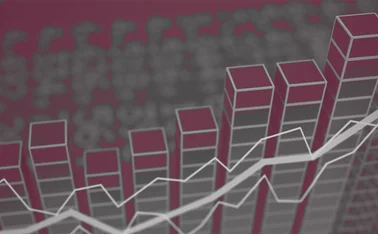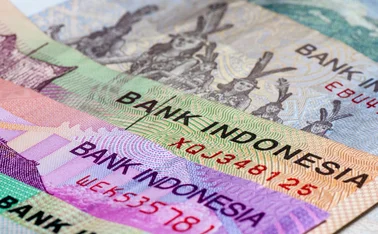
‘Home bias’ in expectations heightens shocks – paper
Researchers present model where domestic variables shape expectations

A working paper published by the Netherlands Bank presents a model for a two-country monetary union in which agents’ expectations are “largely based on domestic variables, and less so on foreign variables”.
In Home biased expectations and macroeconomic imbalances in a monetary union, Dennis Bonam and Gavin Goy use the model to examine the effects of an asymmetric shock would be on the monetary union.
This home bias in expectations, the authors say, strengthens the real interest rate channel
Only users who have a paid subscription or are part of a corporate subscription are able to print or copy content.
To access these options, along with all other subscription benefits, please contact info@centralbanking.com or view our subscription options here: http://subscriptions.centralbanking.com/subscribe
You are currently unable to print this content. Please contact info@centralbanking.com to find out more.
You are currently unable to copy this content. Please contact info@centralbanking.com to find out more.
Copyright Infopro Digital Limited. All rights reserved.
As outlined in our terms and conditions, https://www.infopro-digital.com/terms-and-conditions/subscriptions/ (point 2.4), printing is limited to a single copy.
If you would like to purchase additional rights please email info@centralbanking.com
Copyright Infopro Digital Limited. All rights reserved.
You may share this content using our article tools. As outlined in our terms and conditions, https://www.infopro-digital.com/terms-and-conditions/subscriptions/ (clause 2.4), an Authorised User may only make one copy of the materials for their own personal use. You must also comply with the restrictions in clause 2.5.
If you would like to purchase additional rights please email info@centralbanking.com







